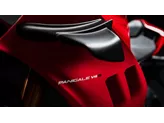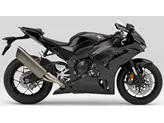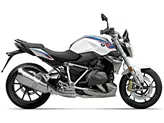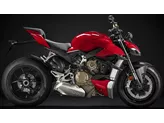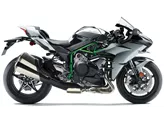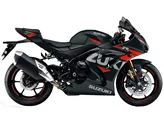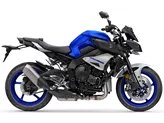BMW S 1000 RR 2017 vs. BMW S 1000 R 2015

BMW S 1000 RR 2017

BMW S 1000 R 2015
Overview - BMW S 1000 RR 2017 vs BMW S 1000 R 2015
The BMW S 1000 RR model year 2017 and the BMW S 1000 R model year 2015 are both impressive motorcycles from BMW, each with their own unique features and strengths.
Starting with the BMW S 1000 RR 2017, this supersport bike boasts a powerful engine with 199 HP and 113 Nm of torque. It features an in-line 4-cylinder engine with a displacement of 999 ccm. The bike is equipped with an upside-down telescopic fork front suspension and a swing arm rear suspension, providing a smooth and controlled ride. The frame is made of aluminum and has a twin tube design, ensuring stability and agility. The front brakes are double disk with four pistons and radial technology, offering excellent stopping power. The dimensions and weights of the bike include a front tire width of 120 mm, a front tire diameter of 17 inches, a rear tire width of 190 mm, a rear tire diameter of 17 inches, a wheelbase of 1438 mm, a seat height of 815 mm, a kerb weight (with ABS) of 208 kg, and a fuel tank capacity of 17.5 liters.
The BMW S 1000 RR 2017 has several strengths. It can be equipped with a complete electronic equipment package, providing advanced features and technology. The engine is strong and powerful, yet easy to control. The seating position is comfortable, even for taller riders. The chassis performs well both on the road and at trackdays, offering stability and agility.

BMW S 1000 RR 2017
However, the BMW S 1000 RR 2017 also has some weaknesses. Under high load on the racetrack, the brakes may experience fade. While the ride quality is sufficient for trackdays, it may not be ideal for racing. Additionally, some may find the appearance of the bike to be somewhat dull, despite its advanced technology.
Turning to the BMW S 1000 R 2015, this naked bike also features a powerful engine with 160 HP and 112 Nm of torque. It shares the same in-line 4-cylinder engine and displacement as the S 1000 RR. The front suspension is an upside-down telescopic fork, and the rear suspension is a swing arm. The frame is made of aluminum and has a twin tube design. The front brakes are double disk with four pistons and radial technology. The dimensions and weights of the bike include a front tire width of 120 mm, a front tire diameter of 17 inches, a rear tire width of 190 mm, a rear tire diameter of 17 inches, a wheelbase of 1439 mm, a seat height of 814 mm, a kerb weight (with ABS) of 207 kg, and a fuel tank capacity of 17.5 liters.

BMW S 1000 R 2015
The BMW S 1000 R 2015 has several strengths. The engine is powerful and well controllable, providing a thrilling riding experience. The braking system is also powerful, offering reliable stopping power. The seating position is comparatively comfortable, making it suitable for longer rides.
However, the BMW S 1000 R 2015 does have some weaknesses. Optional extras for the bike can be expensive, making it less accessible for some riders. The chassis is on the harder side, which may impact comfort on rough roads. Additionally, there may be vibrations in the handlebars, which can be uncomfortable for some riders.
In conclusion, both the BMW S 1000 RR 2017 and the BMW S 1000 R 2015 are impressive motorcycles with their own unique features and strengths. The S 1000 RR 2017 excels in terms of electronic equipment, engine power, seating position, and chassis performance. However, it may experience brake fade on the racetrack and has a somewhat dull appearance. On the other hand, the S 1000 R 2015 offers a powerful engine, strong braking system, and comparatively comfortable seating position. However, it may have expensive optional extras, a harder chassis, and handlebar vibrations. Ultimately, the choice between these two models will depend on the rider's preferences and priorities.
Technical Specifications BMW S 1000 RR 2017 compared to BMW S 1000 R 2015
Pros and Cons in comparison
Pros and Cons in comparison
BMW S 1000 RR 2017

The well-balanced universal talent will also be at the forefront of many comparison tests in 2017. It still scores with the outstanding engine and the universal and complete equipment.
BMW S 1000 R 2015
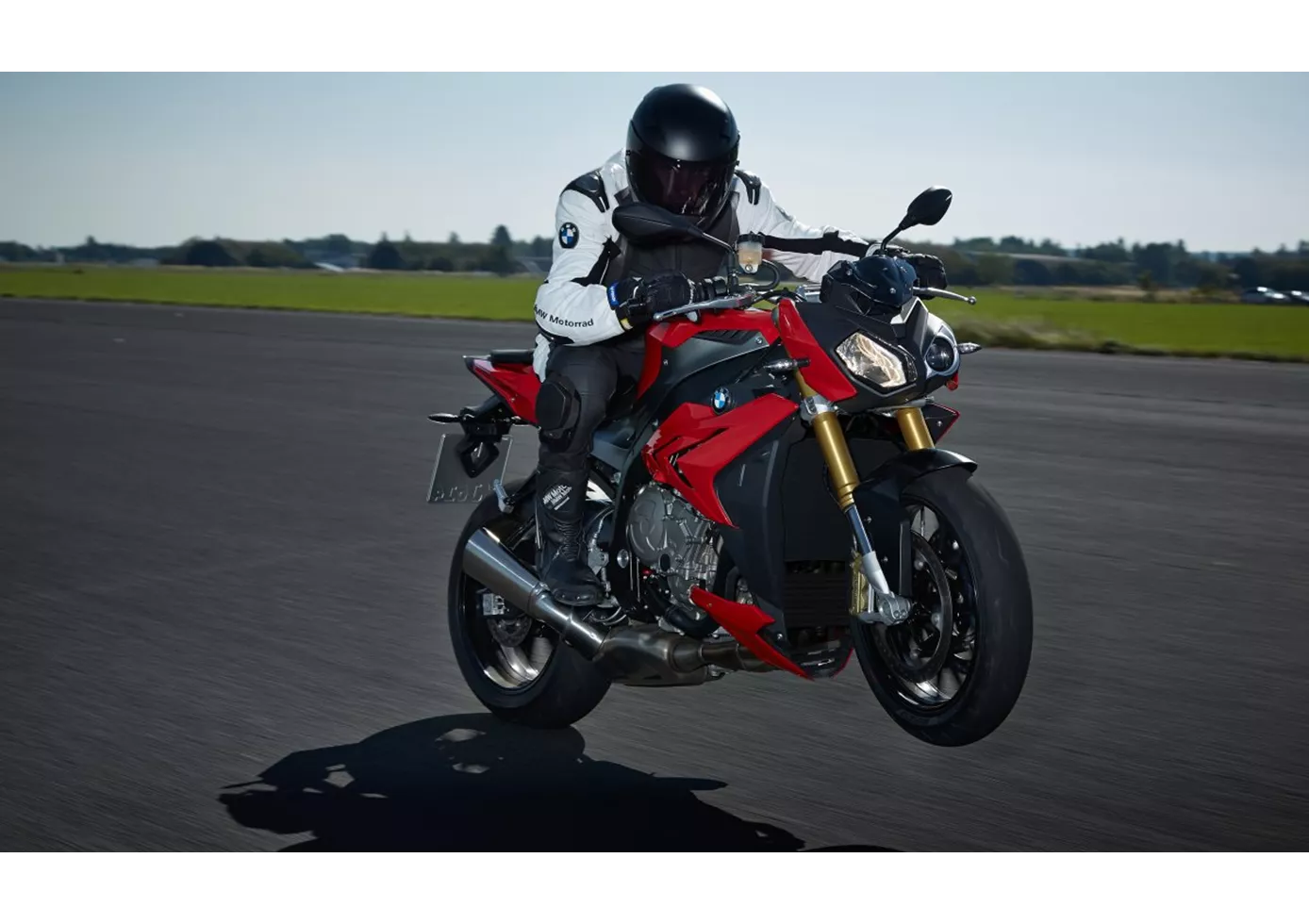
With the BMW S 1000 R, you notice both the close relationship to the S 1000 RR superbike and the endeavour to equip the machine with a high degree of comfort for country roads and everyday use. Accordingly, the 1000cc four-cylinder power unit is brute and yet easily controllable, and the seating position is correspondingly sporty and comfortable. The fact that the S 1000 R is one of the most affordable power naked bikes is surprising and very pleasing, although one must not get hold of the list of optional extras - because thanks to the many irresistible features, it will certainly be more expensive.
Price Comparison Avarage Market Price BMW S 1000 RR vs BMW S 1000 R
There are a few key differences between a BMW S 1000 RR 2017 and a BMW S 1000 R 2015. In terms of price, the actual average price of a BMW S 1000 RR 2017 is about 70% higher. Compared to BMW S 1000 R 2015 there are less BMW S 1000 RR 2017 bikes available on the 1000PS.de Marketplace, specifically 9 compared to 12. It takes less time to sell a BMW S 1000 R with 61 days compared to 96 days for the BMW S 1000 RR. Since model year 2010 1000PS.de editors have written 135 reviews for the BMW S 1000 RR and 62 reviews for the BMW S 1000 R since model year 2014. The first review for the BMW S 1000 RR was published on 16/04/2008 and now has more than 4,000 views. This compares to more than 17,300 views for the first review on BMW S 1000 R published on 03/11/2013.


